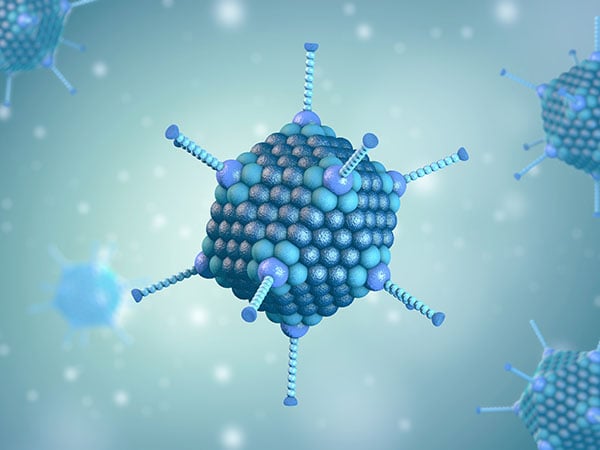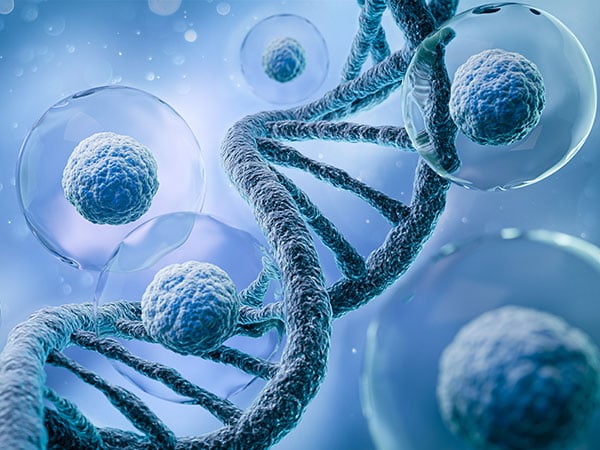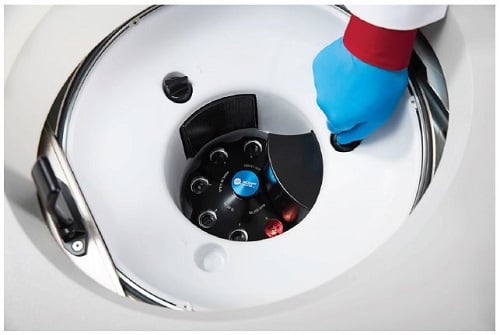Introduction
Analytical ultracentrifugation (AUC) is a precise and versatile technique for the biophysical characterization of macromolecules in solution. By applying high centrifugal forces to the sample, the Optima AUC monitors the hydrodynamic and thermodynamic behaviors of proteins, nucleic acids, viruses and other particles in their native state. Providing critical insights into molecular weight, size distribution, shape, and interactions, it is an indispensable tool in fields such as biochemistry, molecular biology, and nanotechnology.
Talk to an expertKey Benefits of AUC
- Stand-alone technique performed in a matrix-free environment
- It is dye-free and label-free
- Broad buffer compatibility / limited buffer constraints
- Valuable for studying molecular interactions and complex systems in solution
- First principle characterization technique; no standards required
Learn more

Applications of Analytical Ultracentrifugation
Whether you are studying proteins, nucleic acids, polymers, virus-like particles, or nanoparticles, Optima AUC
offers unparalleled flexibility and precision. It can detect and characterize macromolecular oligomeric
states, heterogeneity and conformational changes in response to biological or environmental variations such
as pH and temperature. AUC provides unparalleled flexibility with the ability to measure particles from
small peptides to large viruses over a broad concentration range and a wide range of solvents.
The Optima AUC is crucial for determining the stoichiometries, molecular masses, and sizes of
macromolecules, as well as for analyzing their reversible and non-reversible interactions. Additionally, AUC
is invaluable for distinguishing particle loading states, making it an indispensable tool in molecular
biology and biochemistry.
Discover how AUC can enhance the characterization of your macromolecules and elevate your research.
Optima AUC: Multiple Methods in One
Analytical ultracentrifugation is a broadly applicable and information‐rich technique for investigating
macromolecular characteristics, such as size, shape, stoichiometry, and binding properties, in their
native state under biologically relevant conditions - capabilities often lacking in orthogonal
technologies.
The Optima AUC is equipped with two integrated optical detection systems: the UV-Vis absorbance optical
system, which allows for the detection of absorbing analytes in solution between 190-800 nm, and the
Rayleigh Interferometer, which can be used to monitor and detect any analytes that differ between the
sample and reference solutions.

Sedimentation Velocity, Sedimentation Equilibrium, and Density Gradient Equilibrium
AUC is extremely versatile, as it can employ several orthogonal methods. These methods allow the researchers
to tailor their experiments to meet specific needs and achieve precise results across different applications
and concentration ranges.
Some key methods include
Sedimentation Velocity (SV), Sedimentation Equilibrium (SE), and Density Gradient Equilibrium (DGE). Each method offers distinct insights: Sedimentation Velocity provides high-resolution hydrodynamic
information about molecular size and shape; Sedimentation Equilibrium offers thermodynamic details like
accurate molar masses; and Density Gradient Equilibrium separates particles by buoyant density within a
gradient, which can reduce sample requirements.
Additionally, a recent innovation possible with the
Optima AUC,
multiwavelength AUC, can extract spectral properties of the analytes in SV and DGE experiments significantly
enhancing interaction studies. To learn more about these methods and how they can enhance your research,
follow the links below.
Related Content
Talk to an Expert on Analytical Ultracentrifugation
We are here to help, please reach out anytime.









